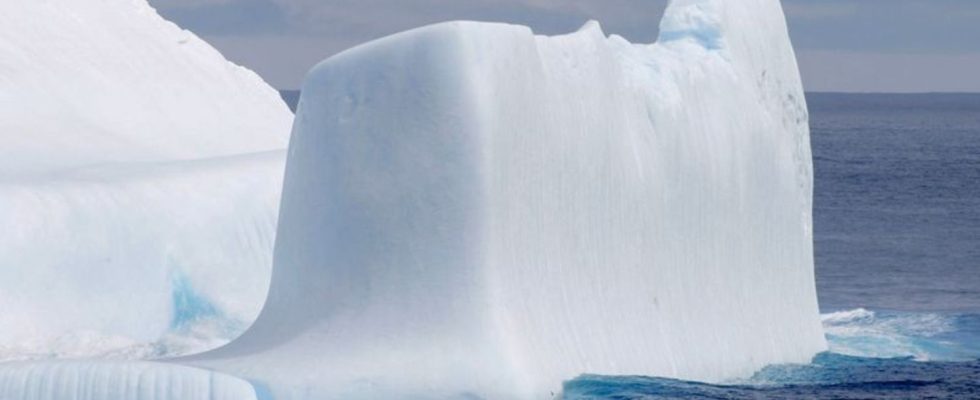Nature
Environmentalists: designate protected areas in Antarctica
This photo
© Kyodo/dpa
Environmentalists are calling for more protected areas in Antarctica, but two countries in particular are blocking it. Another meeting of affected states is now pending.
Before the start of a special session of the Antarctic Commission CCAMLR, environmental protection organizations called for the rapid designation of three new protected areas in the region.
The governments of the 27 member states of the Commission for the Conservation of Antarctic Marine Living Resources should agree at the meeting beginning on Monday in Santiago de Chile on a significant improvement in the protection of Antarctic waters, including important measures to protect the climate and biological diversity according to a statement by the Antarctic and Arctic Ocean Association (ASOC), which brings together numerous conservation organizations from around the world.
About one percent of the world’s oceans
Specifically, the environmentalists are pushing for the designation of three protected areas in East Antarctica, in the Weddell Sea and on the Antarctic Peninsula with a total area of around four million square kilometers. This corresponds to about one percent of the world’s oceans.
So far, the establishment of the protected areas has failed due to resistance from Russia and China. “World leaders have agreed to protect 30 percent of the oceans by 2030. Protecting the Southern Ocean surrounding Antarctica is critical to achieving that goal,” said the Director for Antarctic Conservation and of the Southern Ocean at the Pew Bertarelli Ocean Legacy Project, Andrea Kavanagh.
Krill fishing poses a threat
The meeting in the Chilean capital will also be about krill fishing until Friday. Krill are small crustaceans that are vital to Antarctica’s ecosystem but are also fished to produce oils and fish feed.
“Krill is at the center of the Antarctic web of life and plays an important role in the global carbon cycle. However, the high concentration of krill fisheries coupled with climate change is not only threatening wildlife such as whales, penguins and seals, but also the effective ecosystem functions that krill provide through its carbon storage capacity provides,” said Emily Grilly of the conservation organization WWF.

